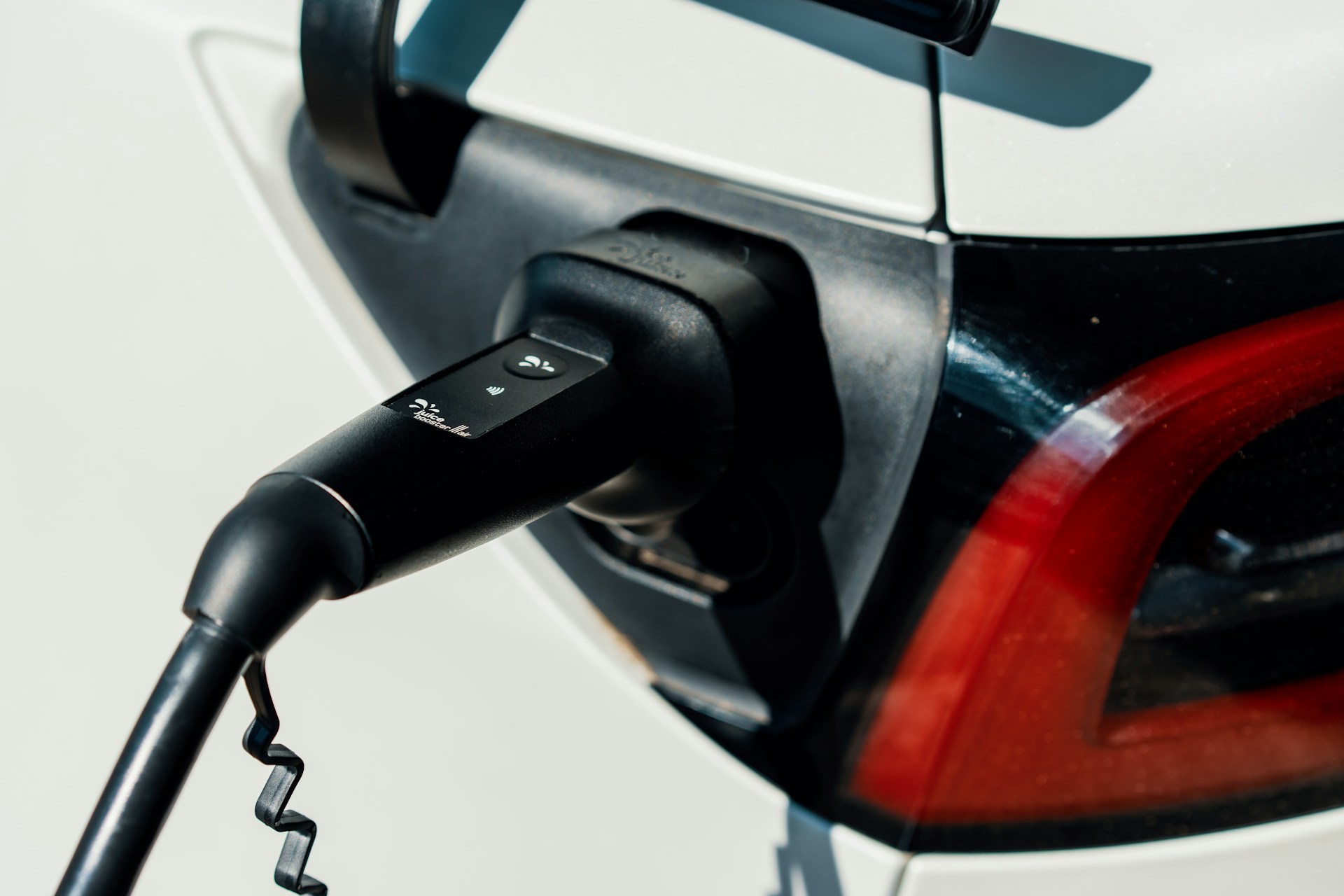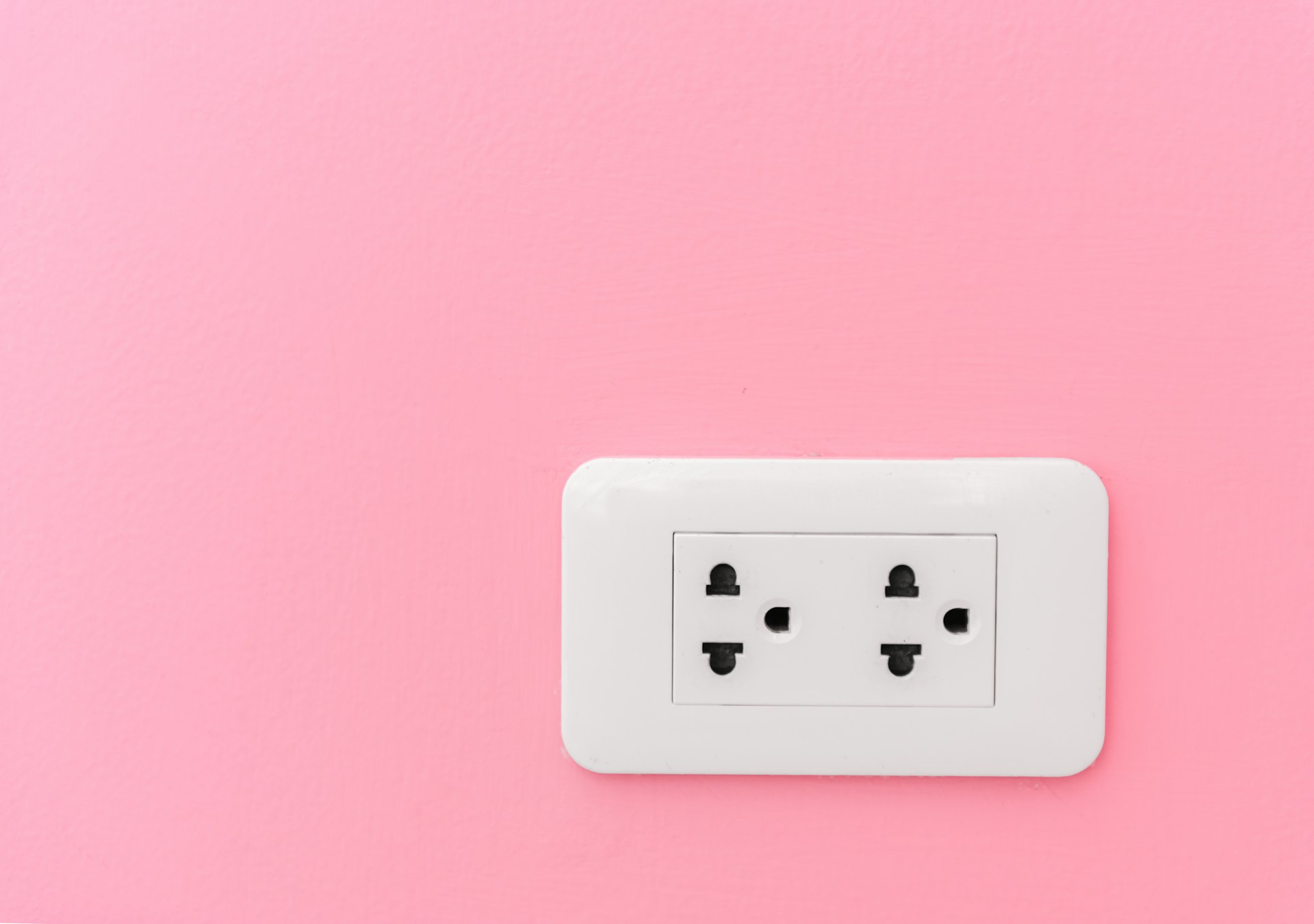
EV Charger Amperage Fluctuations: Impact On Charging Times

If you're noticing that your EV isn’t charging as quickly as it used to, your first thought might be that something is wrong with the charger. But in many cases, the issue isn’t the charger itself, it’s the amperage running to it. Charging an electric vehicle at home is meant to be convenient. When charging times start to stretch longer than expected, it can be frustrating, especially if you're depending on a reliable routine to get around Alamo.
Amperage fluctuations are often the reason behind inconsistent charging performance. An EV charger is only as effective as the electrical current feeding into it. When that current is unstable, so is the charging time. Understanding how amperage works and what causes it to go up and down helps homeowners get ahead of the issue before it causes real delays.
Understanding EV Charger Amperage
EV chargers work by delivering electrical current, measured in amps, to your vehicle's battery. The higher the amperage, the faster the charge. Most home EV chargers operate between 16 and 50 amps. A Level 1 charger uses around 12 to 16 amps and plugs into a standard wall outlet, which makes it slower. Level 2 chargers use higher amperage, usually between 30 and 50 amps, and require a 240-volt outlet. These are more common in residential homes when faster charging is preferred.
For example, if you plug your EV into a Level 2 charger set up for 40 amps, you expect a full charge by morning. But if something in your home’s electrical system causes that amperage to drop below 30, the charge takes longer. The vehicle may not be fully ready when it's time to leave for work or take the kids to school in Alamo. That loss of confidence in your home charging setup can become a bigger concern over time.
Understanding the amperage range of your home system and knowing how your charger is configured is a good first step. If you’re unsure how your charger is set up or how much power it’s pulling, our professionals can verify if everything is operating correctly.
Common Causes of Amperage Fluctuations
Unstable amperage isn’t an issue with the charger itself most of the time. It is usually related to what's going on with your home’s electrical system. These changes can fluctuate, making them harder to pinpoint without evaluating your home's overall power demands.
Here are some common reasons amperage levels might shift while your EV is charging:
1. Other Appliances Running Simultaneously
If you're doing laundry, running the dishwasher, and cooling your home at the same time your EV is charging, your electrical panel may distribute available power across these devices, reducing what's left for the charger.
2. Old or Undersized Electrical Panels
Homes in Alamo with outdated or smaller panels may struggle to provide consistent amperage to all areas. This is typical in older homes that haven’t been upgraded to handle modern energy loads.
3. Faulty Wiring or Loose Connections
Damaged or aging wiring can reduce power flow to certain outlets. This interrupts the charger’s supply and creates inconsistent amperage patterns that slow down charging.
4. Temperature Swings or Overheated Circuits
High demand on circuits during extreme heat can cause protective devices to adjust current delivery to prevent overloading. This limits the amperage available to your EV charger.
All these factors can affect how quickly your car battery charges. If left unaddressed, they may cause wear on both your home’s electrical system and your vehicle's battery over time. If you notice a pattern of slow charging, it’s worth having your system checked to make sure it can meet your needs without overloading your setup.
How Fluctuations Affect Charging Times
When the amperage moving to your EV charger swings up and down, the charging experience becomes unpredictable. If the current drops too low during a session, your charger will slow down significantly, turning what should have been an overnight charge into an unfinished one by morning. That’s an inconvenience no one wants, especially when trying to manage a busy schedule in Alamo.
You can think of amperage like water pressure in a hose. If the pressure drops halfway through, it takes longer to fill a bucket. The same goes for your EV charger. When amperage fluctuates, your EV accepts less current and needs more time to get fully charged. That unpredictability can be frustrating.
This becomes more noticeable if you follow a strict schedule. You may plug your EV in at 8 p.m. and expect it to be ready by 6 a.m. But if the available power dipped while the AC and kitchen appliances were also in use, your EV might not reach a full charge. Over time, these fluctuations can also put stress on your EV’s battery management system, which works to adapt to the inconsistent flow of energy. These short dips not only increase charge time but may reduce how efficiently your battery stores energy long term.
Steps To Maintain Consistent Charging Performance
To prevent charging inefficiencies at home, it's important to verify that your charging setup is secure and functioning properly. Most issues tied to amperage can be addressed during a professional system review. When fluctuations are detected, there are upgrades or adjustments available to help fix the issue.
Here are some steps to help maintain steady power to your EV charger:
1. Schedule Professional Inspection
Let our professionals inspect your current electrical panel, home wiring, and EV charger to identify anything outdated or underpowered.
2. Install a Dedicated EV Circuit
Your EV charger should run on its own circuit. This prevents it from splitting power with other household appliances and keeps the amperage stable.
3. Monitor Home Power Usage
Avoid charging your EV during times when multiple large appliances are in use. Charging late at night can provide more stable conditions.
4. Upgrade Electrical Capacity
Homes with increased power needs may benefit from upgrading panels or service. Our technicians can recommend system improvements that offer higher, steadier power flow.
5. Replace Older Wiring
Homes with older wiring may have weakened or damaged lines near charging circuits. Replacing such wiring can help stabilize your charger’s amperage.
These steps are most effective when handled by trained professionals who are familiar with residential electrical equipment and load distribution. Staying ahead of issues like fluctuating amperage helps protect your investment and ensures fewer delays on the road.
Keeping Your EV Charging Efficient In Alamo
When you invest in a home EV charger, you expect it to work every time you plug in. That’s especially true for Alamo residents who rely on daily commutes or errands around town. Amperage fluctuations can seem minor, but they play a major role in how long an EV takes to fully charge. If left alone, they can increase charging times, cause stress to key components, and raise the chances of early system failure.
Being proactive reduces these risks. Rewiring, upgrading your panel, or installing a dedicated circuit are just a few ways to improve charging performance. Having your system evaluated by our professionals means you get answers and solutions that fit your goals. If your EV is charging slower than expected, or if power changes are becoming noticeable, the best move is a service check to find and fix the cause.
If you find that inconsistent charging times are disrupting your schedule in Alamo, professional EV charger installation in Alamo can help stabilize your home charging system and protect your vehicle's battery. Green Air Heating and Air Conditioning, Inc is prepared to ensure your setup works reliably for your everyday needs. For a quick estimate or to book a service visit, please contact us today.
Customer Testimonials
Our clients love the energy solutions we provide!
Ready to Transform Your Home?

















